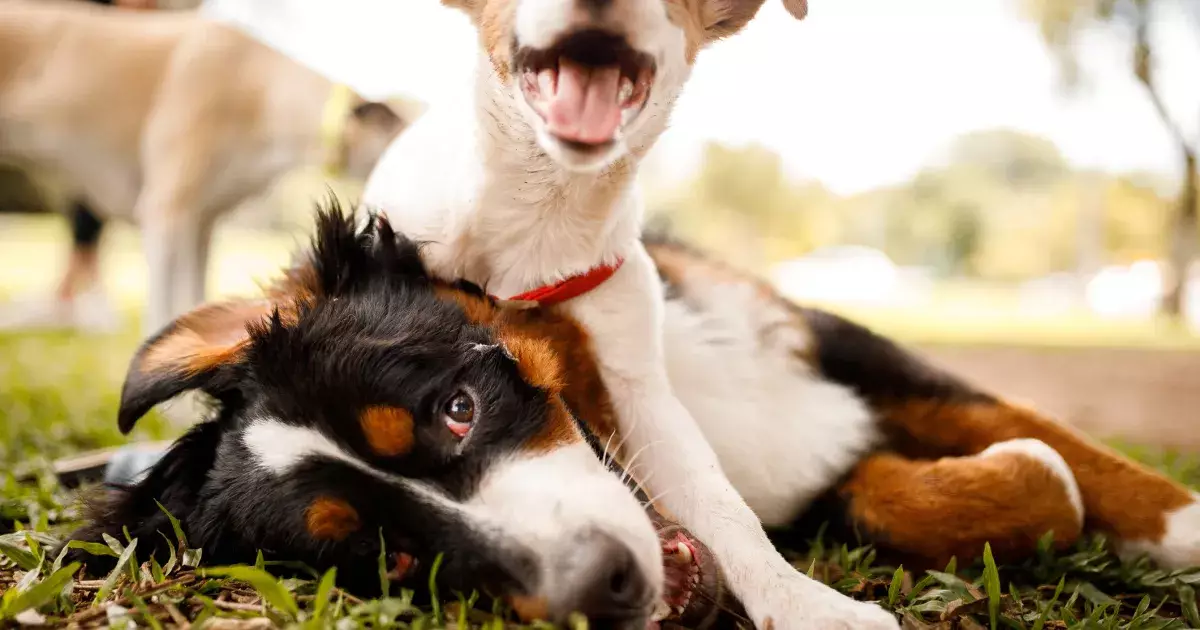Dog parks are much more than just enclosed spaces where dogs can frolic. For both dogs and their owners, these parks serve as critical social hubs, allowing pooches to release pent-up energy while enabling their human companions to interact with fellow dog lovers. Still, as in any shared space, understanding the intricacies of dog park etiquette is essential to ensure that both canines and their overseers enjoy their time together.
The Essence of Dog Park Etiquette
To truly savor a dog park experience, one must understand the unspoken guidelines that govern these joyful arenas. The essence of dog park etiquette does not solely revolve around keeping one’s dog on a leash or sociability qualities inherent to a well-behaved pet. Instead, it encompasses respect for other pets and their owners, a willingness to share space, and proactive engagement in maintaining a secure environment for all involved.
As a responsible dog owner, it is imperative to acknowledge that the park is not just for your beloved companion; it also caters to various other dogs, each with their unique personalities and temperaments. Reflecting on this shared space can facilitate a more harmonious environment. Interactions with other dogs should arise naturally and organically; forcing introductions between them usually ends in awkward moments for both parties involved, leading to potential quarrels.
In some scenarios, you may encounter a dog that seems to have wandered off from its owner. Instead of playing ‘hall monitor,’ your focus should be on your own pup. If the wandering canine is not causing any harm or distress, allow them space. If you feel that it poses a genuine threat, addressing your concerns directly to the owner is a better approach; an overt confrontation could set a negative tone. A soft reminder about leash laws can do wonders in these situations, provided it’s conveyed in a friendly manner.
Keep in mind that, above all, a dog park’s primary purpose is for off-leash fun. Ideally, your pup should be encouraged to embrace this environment. If a particular canine appears menacing or overly rambunctious, it is wise to navigate towards another area rather than placing your dog and yourself in a stressful position. The reality is, most dogs thrive on free play, and the park is precisely their realm to explore, socialize, and just be dogs.
Sometimes, a dog’s natural exuberance may morph into behaviors that could be misunderstood by fellow park-goers. Take, for instance, the dog that seems to “love” others a bit too much. Such humping behavior can give rise to awkward moments and discomfort for all involved. If your dog exhibits this tendency, proactive measures should be taken immediately: ensure they are well-trained, and engage professional dog trainers if necessary.
When encountering an overly friendly humper, swift action is crucial. If your dog is the offending party, calling them back to you or gently redirecting them away is essential to maintain peace. Conversely, if you find yourself with a humper and the other dog’s owner is visibly upset, it only takes a firm but friendly intervention to restore tranquility.
Another area of concern at dog parks involves size disparities among breeds, which can lead to unexpected dynamics. Picture the tiny Chihuahua that boldly approaches a much larger Great Dane. Generally, canine interactions of this nature often conclude without incident, as dogs communicate through visual and vocal cues. However, it is vital to observe body language and intervene if you sense aggression or distress from either party. If one canine appears overwhelmed or frightened, stepping in becomes your duty as a responsible owner.
Finally, let’s discuss the social potential of the dog park. When you venture there, you are not only facilitating your dog’s socialization but also yours. Those awkward moments—like when your pup has an accidental ‘potty’ in front of a new acquaintance—are golden opportunities to break the ice. Recognizing that everyone experiences these situations can easily turn an embarrassing moment into a shared laugh, paving the way for new friendships.
Navigating the intricacies of dog park etiquette requires attention, humility, and a willingness to adapt. By keeping these essential guidelines in mind, dog owners can foster a community of respect and friendship, allowing all dogs to enjoy the fundamental pleasures of play and socialization while ensuring safety and camaraderie for their beloved pets.

